Today, we are taking a look at the QNAP QNA-T310G1S Thunderbolt 3 to 10G adapter. We have been using this one as a quick connection for many of the systems we have that need to get on SFP+ fiber networks. In the spirit of the Sonnet Solo 10G Thunderbolt 3 10GbE Adapter quick look, we wanted to show another adapter we use in the lab.
QNAP QNA-T310G1S Thunderbolt 3 to 10G Adapter Quick Look
One of the two important sides of the adapter is the SFP+ cage side. We get the cage and status LEDs.
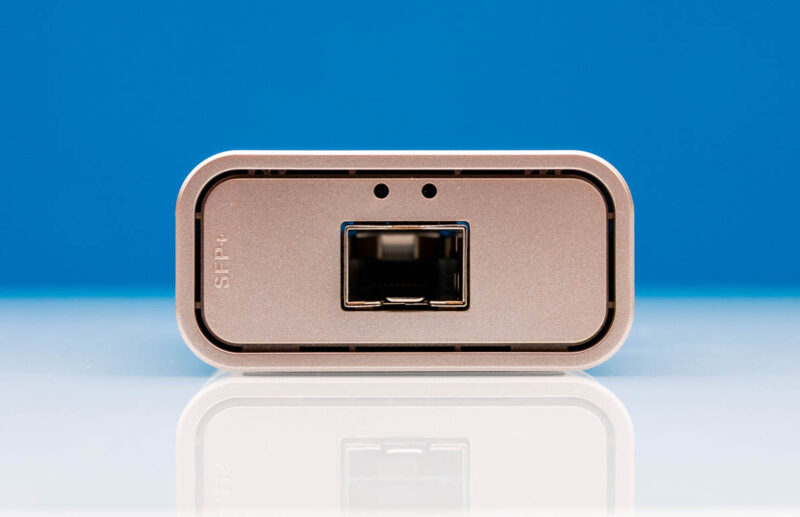
On the other side is the Thunderbolt port.
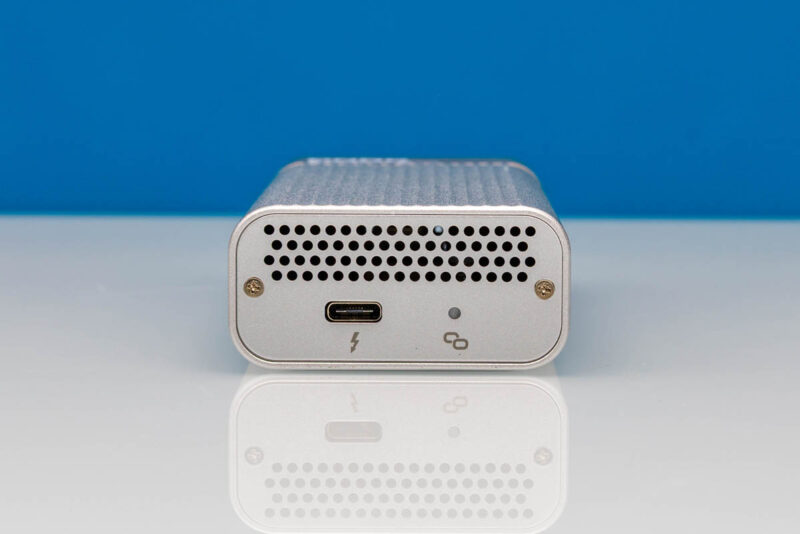
The little status LED next to it tell us we are linked.
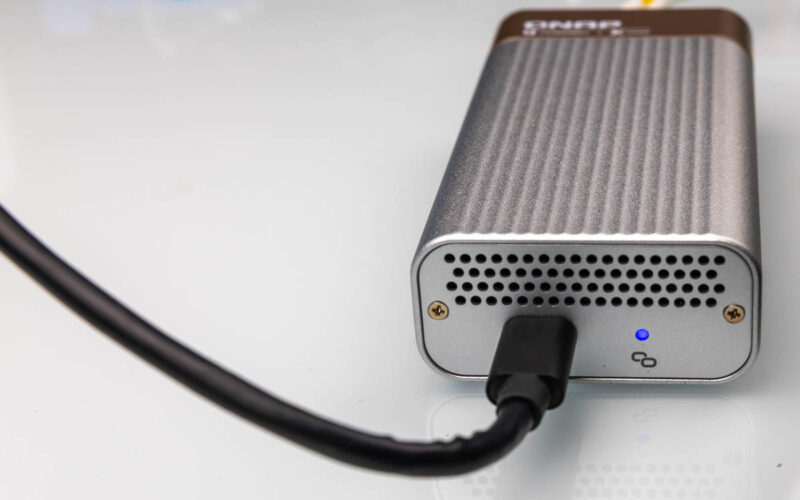
We also got a short Thunderbolt cable with our unit.
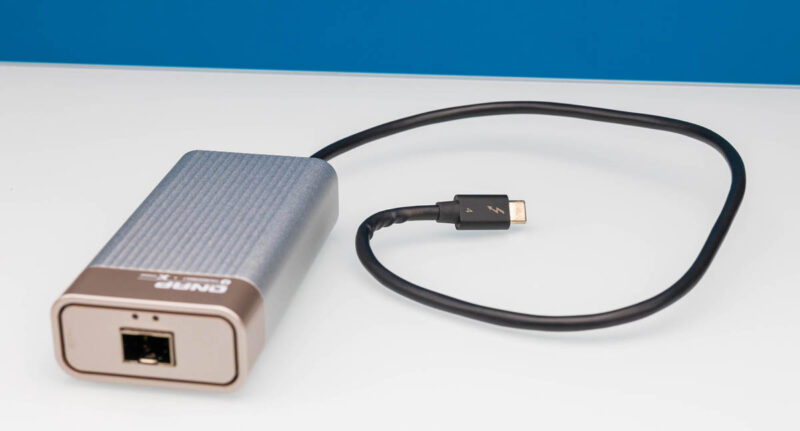
On the bottom, we get rubber feet.

We generally have used this one with cheap DACs and 10G SR optics, so we have not tested it with any long-range SFP+ optics. Our sense is that most users looking at these are going to connect to an in-office network and not try to span many kilometers of distance from the Thunderbolt adapter. We have tried the SFP+ to 10Gbase-T adapters and those tend to run very hot in this unit.
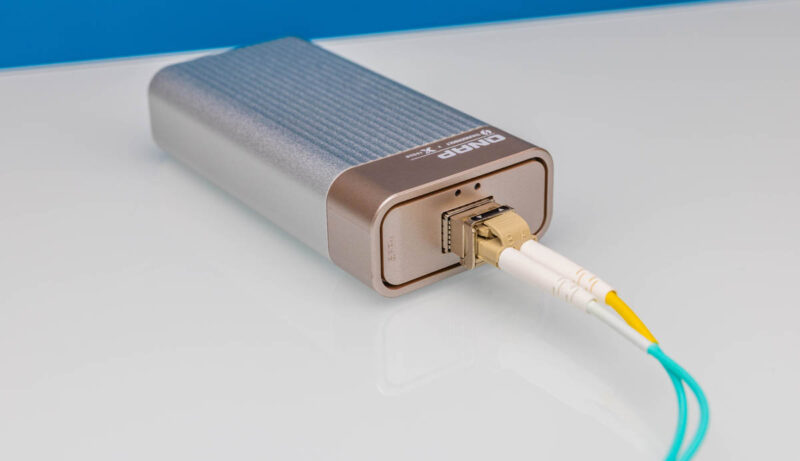
This is the QNAP adapter attached to a Macbook Pro. To me, this feels like the biggest use case since if you have a Macbook or another notebook, you do not have a SFP+ cage to connect to a fiber network directly.
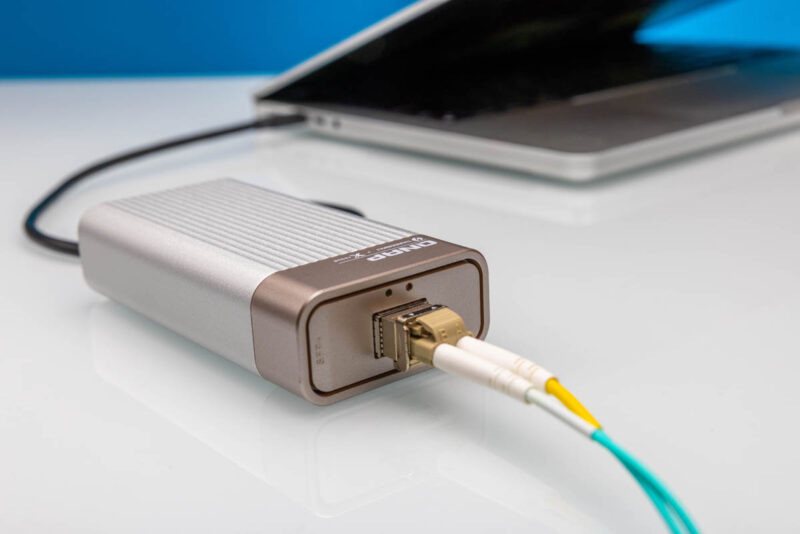
When we did the Sonnet Solo 10G Thunderbolt 3 10GbE Adapter, we got requests to look inside. To get inside this one, you remove the endplate.
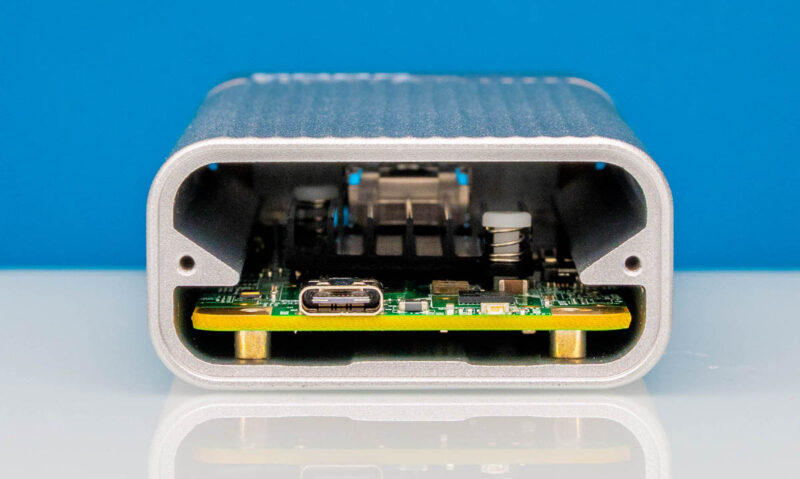
Then the adapter can be pulled out.
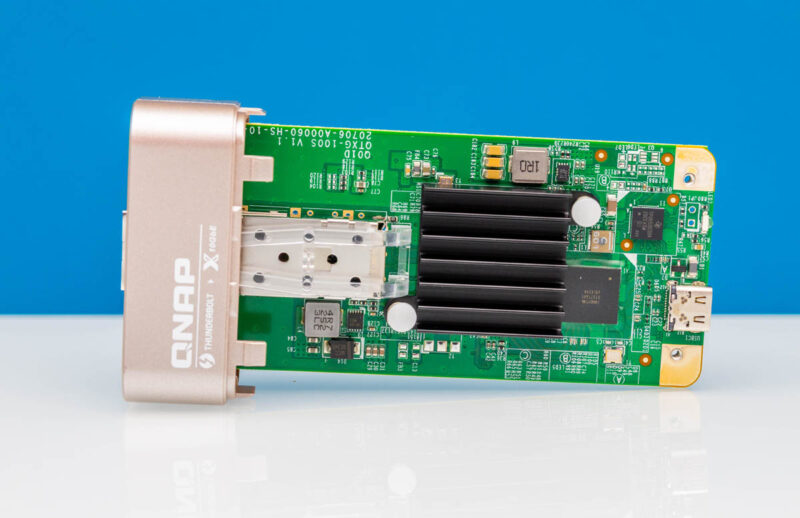
There is our Marvell chip which is pasively cooled. It is worth noting that this unit does not utilize a heatsink case.

Here is the back side.
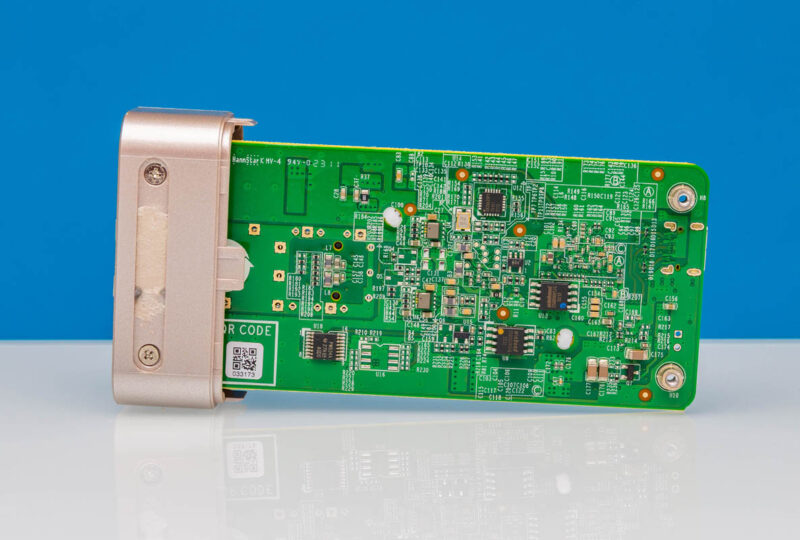
Let us take a quick look at the adapter in operation.
QNAP QNA-T310G1S Thunderbolt 3 to 10G Adapter Performance
For a quick performance check:
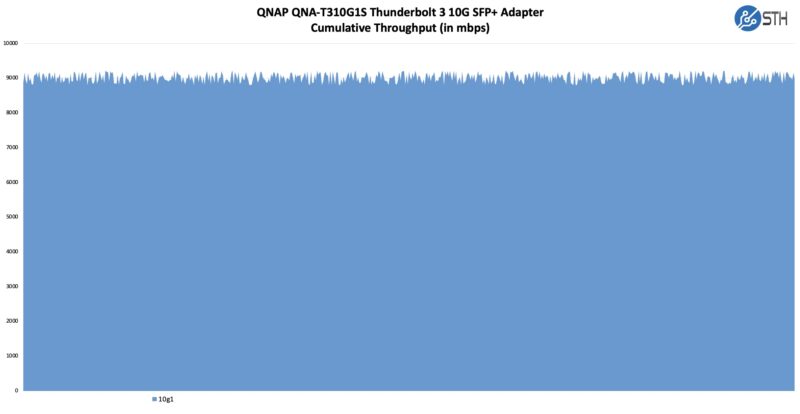
Something important to do is to ensure that you are using the latest drivers that you can. Sometimes there are stories of people using very old drivers and getting very poor performance.
Final Words
This is certainly an older adapter, but it is one that we have been using for the last year and a half when a quick connection to fiber is required, and there is no way to get a NIC into a system. If you have a Mac, then this is a decent option as well.
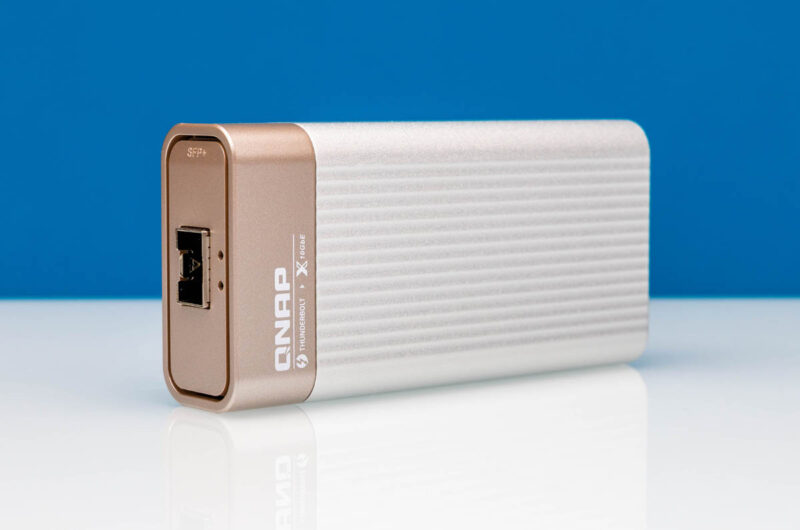
While these are not the cheapest out there, and are certainly older, I still just wanted to share a unit we have been using on systems, even the 512GB Mac Studio M3 Ultra that has 10Gbase-T built-in.


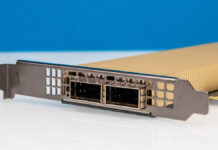
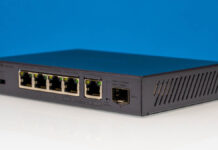
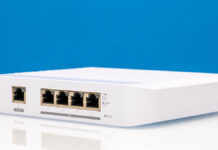
You are lucky that you have used it for a year and a half. Mine broke down after 4 months!
Just a weird grammar/brain thing:
“The little status LED next to it tell us we are linked.”
This feels like it needs a plural in it. Either “status LEDs next to it tell us”, or “status LED next to it tells us”.
Not sure why, but it reads weirdly otherwise.
I assume it is an Marvell AQC100 chip?
Joeribl: Correct
Maybe a dumb question but i bought a “Valueline” 1Gbe adapter for my MBP a while back and it’s barely usable since every time i try to transfer files to my NAS using Samba the kernel_task process shoots up to +400% and my CPU starts throttling, i can barely get 40MB/s out of it, and this adapter seems to be able to sustain almost 1GB/s, that is an insane difference!
So, is that difference (other than this one is 10G while mine is 1G) due to my crap adapter doesn’t have any hardware offloading at all while this one has? So, even though my CPU is useless when having to do NIC loads, if i got me one of these i can expect much higher performance since with this type of adapter the built in chip does all the heavy lifting and not my CPU?
Jesper, recent macs use AQC for 10GbE networking, so yes they handle AQC adapters quite well – you wouldn’t see massive CPU loading due to networking.
With that said, I don’t see *massive* CPU loading even with 2.5Gbe and 5Gbe Realtek USB NICs on recent macs, and those are down to $20ish sometimes.
I have used this for over a year to connect Mini-PC’s to 10Gb networks using the USB4 port. Works great! Saw around 9.3 to 9.4 Gbps data rate. But limitation with x86-64 PC’s is it is not plug and play with Windows or Linux. It has to be on the USB4 port at boot before OS loads or it won’t enumerate completely.
spuwho: i hotplug mine on an x86-64 precision 7760 over and over nearly daily. it works fine (the old tb3 sfp+ version; haven’t tried the new usb4 sfp+ one yet)